Russia, Oil Prices, and the Ruble
2020 Oil Price Collapse
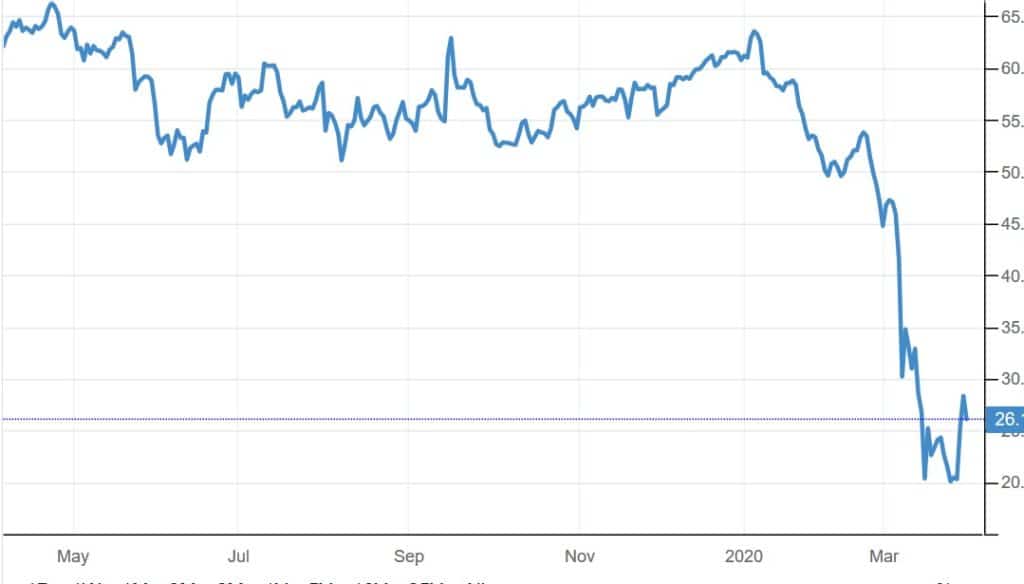
Oil price declined from $60 to $20 in 1Q2020 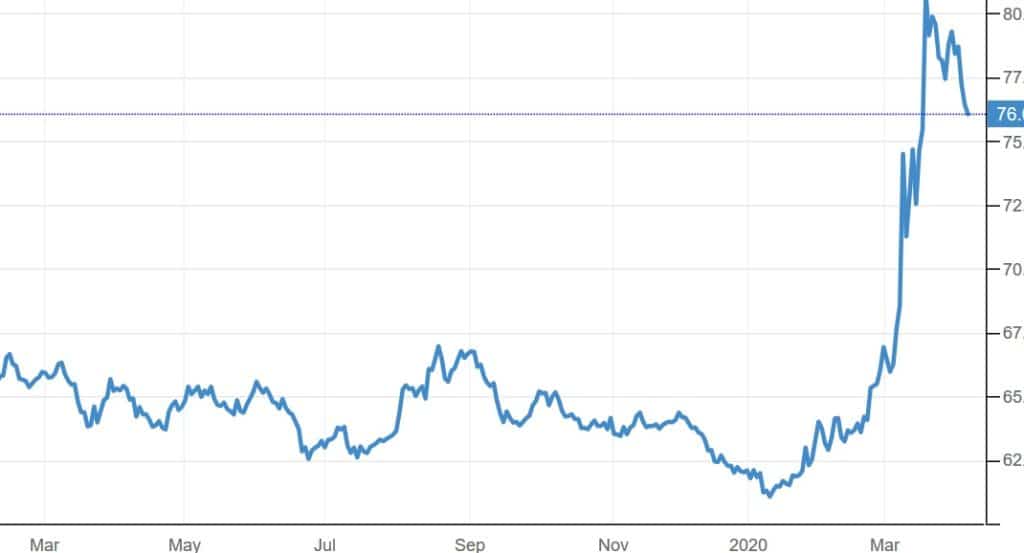
Meanwhile, rubles to buy a dollar increased from 60 to 80
Previous Analysis
There’s been a dramatic drop in oil prices as well as a cheapening of the ruble against the dollar. What is the effect on Russian finances? Russia oil exports account for half of its foreign exchange earnings.
2014 Oil Price Collapse
Back in 2014, oil fell from $100 to $70, a drop of 30%. It is bought and sold in dollars. It now requires 50 rubles for one US dollar, while 5 months ago it only took 40 rubles.
Thus a few months ago, Russia received $100 or 4000 rubles for a barrel of oil. Now it receives $70 or 3500 rubles for a barrel of oil. The value Russia earns from oil has dropped only 12.5%.
Le Chatelier’s principle in chemistry is
When a system at equilibrium is subjected to change in concentration, temperature, volume, or pressure, then the system readjusts itself to (partially) counteract the effect of the applied change and a new equilibrium is established.
A similar response to the oil price change can be seen in the response of the Russian economy.
The economics impact is that total value of oil exports tries to stay the same after the change in price. It does this by increasing the number of rubles a dollar will buy.
Since oil is priced in dollars, the total ruble value of the exports declines much less than with a stable ruble-dollar exchange rate.
The Russian currency weakens so that the dollars earned by oil export are more nearly equivalent the previous number of rubles its oil production previously amounted to.
A similar reaction has occurred in the first quarter of this year. A dropping oil price inevitably causes the ruble to fall.
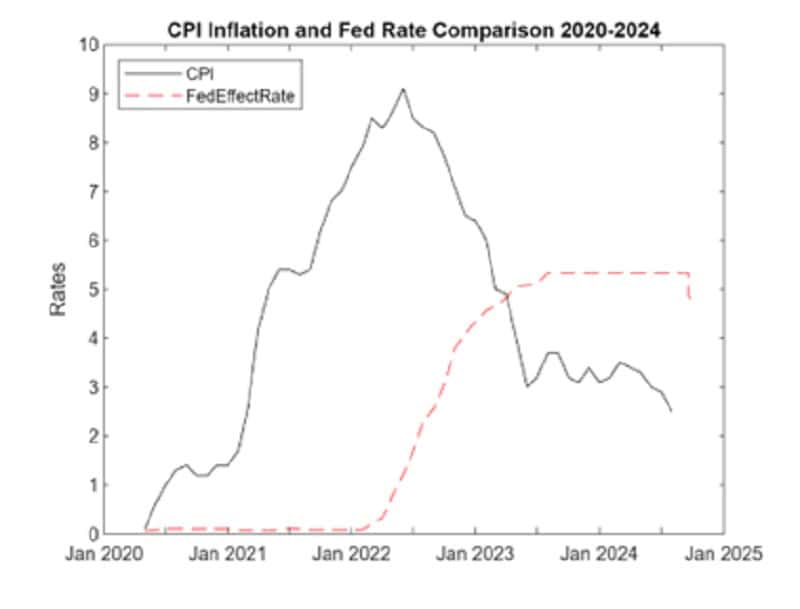
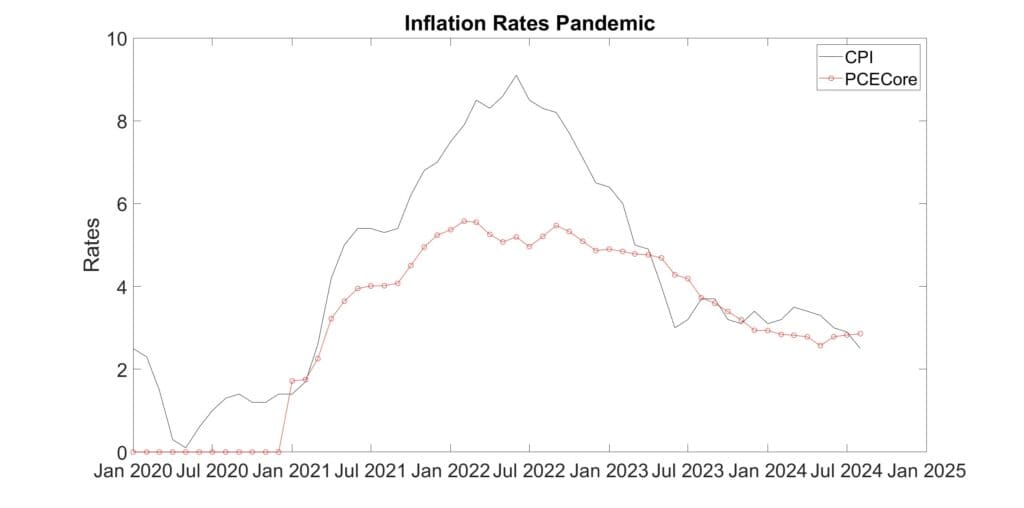
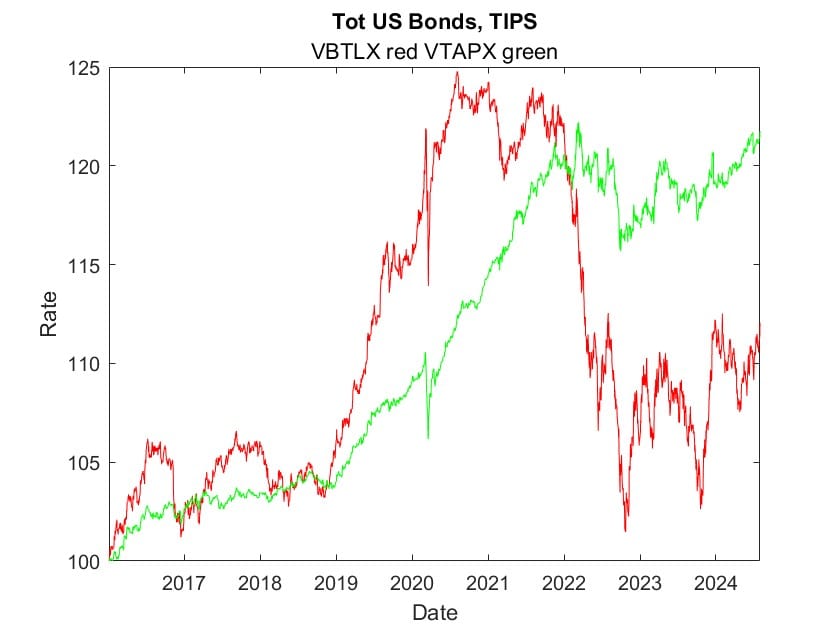
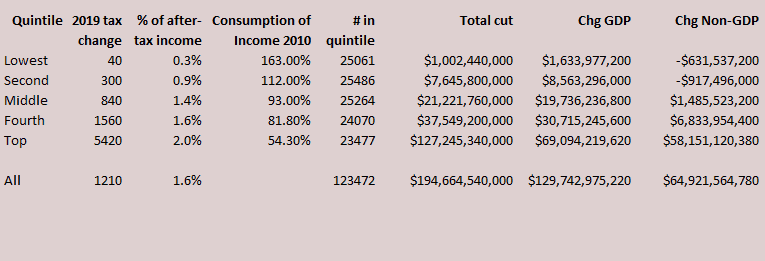

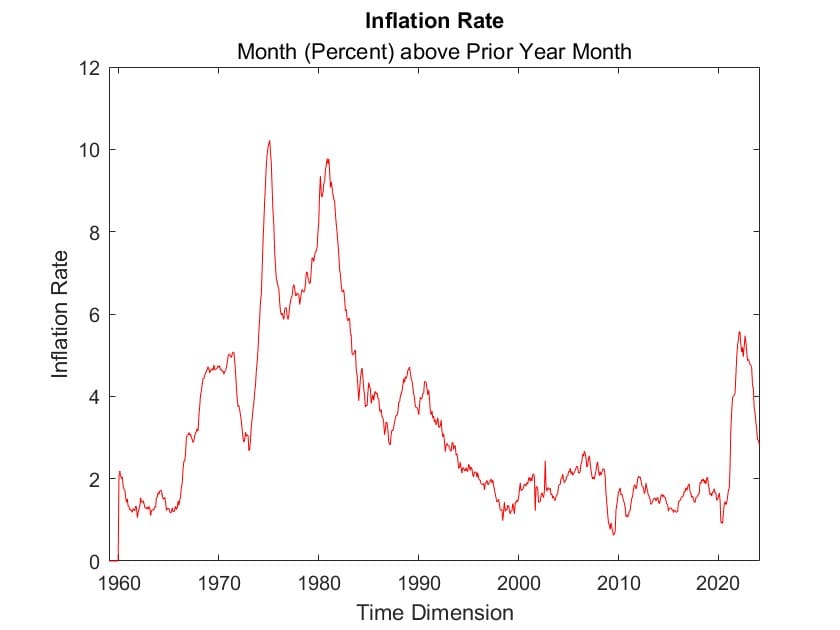
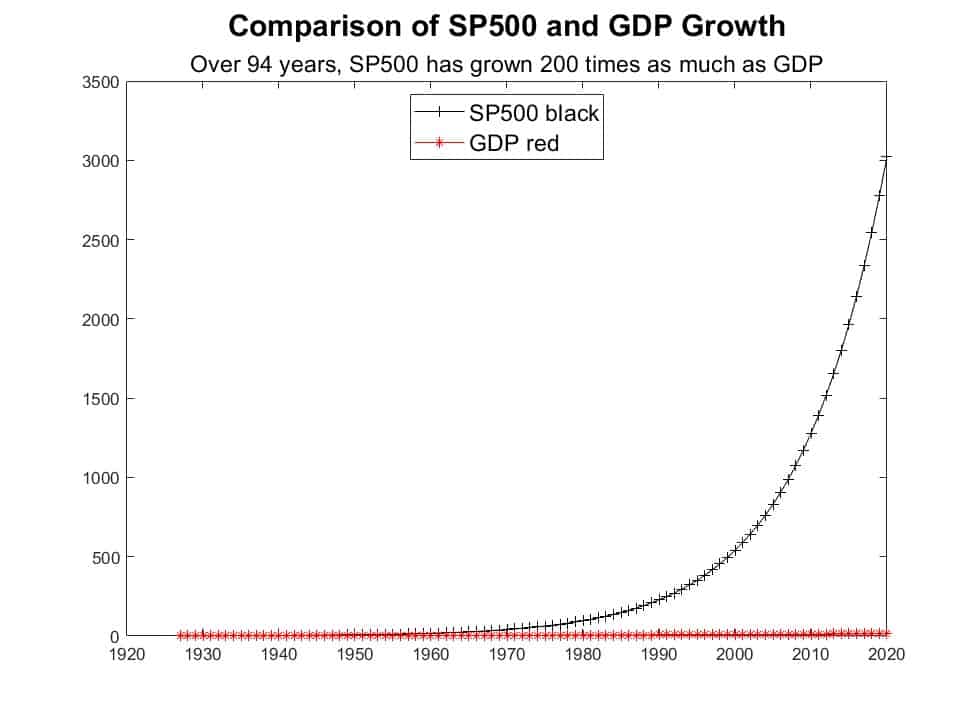
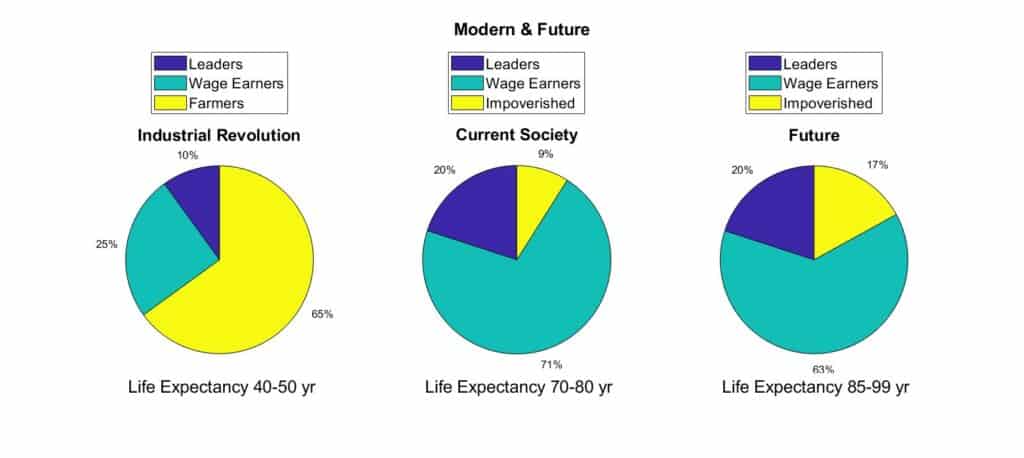
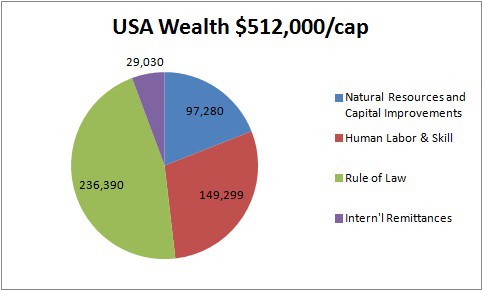
1 thought on “Russia, Oil Prices, and the Ruble”